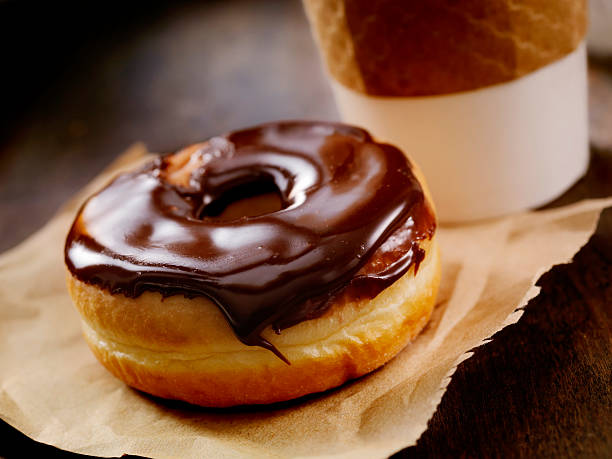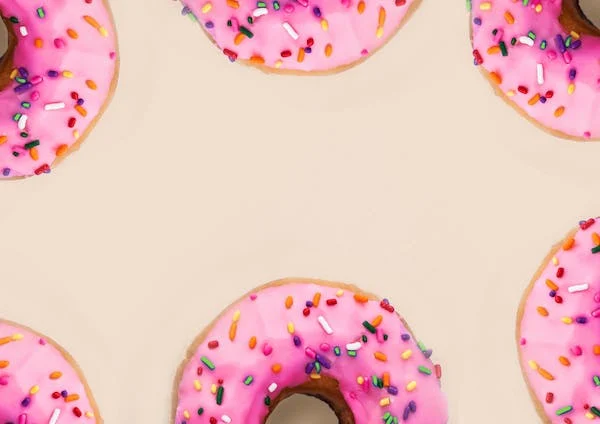
How To Get The Best Results With a Donut Pan
If you’re a donut lover, there’s nothing quite like baking your own delicious, fluffy donuts at home. And to achieve the best results, you’ll need a trusty donut pan. But getting the perfect donuts can be a bit tricky if you’re new to this delightful world of homemade treats. Fear not, we’re here to guide you through the process, step by step, how to get the best results with a Donut Pan.
Selecting the Right Donut Pan
The journey to perfect homemade donuts begins with selecting the right doughnut pan. There are a few options to consider:
Donut Pans: Non-Stick vs. Traditional
One of the first decisions you’ll face is choosing between a non-stick doughnut pan and a traditional one. Here are the pros and cons of each:
Non-Stick Donut Pan:
Pros:
- Easy donut release.
- Simple cleanup.
- Ideal for beginners.
Cons:
- Limited browning compared to traditional pans.
Traditional Donut Pan:
Pros:
- Achieves a deep, golden brown color.
- Durable and long-lasting.
- Suitable for classic recipes.
Cons:
- May require more greasing and care to prevent sticking.
Preparing Your Pan
Before you start whipping up your donut batter, it’s crucial to prepare your donut pan properly. This preparation is essential for achieving the best results.
Greasing and Preheating
For non-stick and traditional donut pans alike, proper greasing is the key to success. Use a slight vegetable oil or non-stick cooking spray to coat the pan’s cavities. This ensures your donuts release quickly after baking.
Preheating for Perfect Results
Preheating your oven is another crucial step. Follow the temperature guidelines in your recipe and allow the range to reach the specified temperature before placing your donuts inside. Preheating ensures that your donuts will bake evenly and rise properly.
Mixing the Dough
Now, it’s time to tackle the most crucial element – the donut dough. Whether you’re using a classic recipe or experimenting with a new flavor, there are some essential factors to consider.
Filling Your Donut Pan
Now that you have your donut batter ready, it’s time to fill your donut pan.
The Technique
The key to getting uniform, perfectly shaped donuts is in the technique you use to fill your donut pan. You can use a piping bag, a ziplock bag with the corner snipped off, or simply a spoon. Be sure to fill the cavities appropriately. Leave some space for the donuts to rise while baking. If you overfill, you’ll end up with donuts that have lost their classic shape.
Baking Your Donuts
With your donut pan filled, it’s time to bake your donuts to perfection.
Time and Temperature
Your recipe will provide specific instructions for baking time and temperature. Follow these guidelines closely for the best results. Use a timer to ensure you don’t overbake your donuts, as they can quickly go from golden brown to too dark.
Donut Pan Care
Proper care of your donut pan ensures it stays in excellent condition and continues to produce perfect donuts.
Cleaning and Maintenance
The method of cleaning your donut pan depends on the type you’re using:
Non-Stick Donut Pans:
- Cleaning these pans is a breeze. Wash them in soapy water and rinse thoroughly. Avoid abrasive scrubbers to prevent damage to the non-stick coating.
Traditional Donut Pans:
- To prevent metal rusting, dry these pans thoroughly after washing. You can also coat them with a thin layer of vegetable oil before storing them.
- Using parchment paper or aluminum foil in your pan can also make cleanup easier.
Conclusion
Mastering the art of donut making with a donut pan is a delightful journey. From choosing the right pan to perfecting your recipes, there’s a world of creativity and taste to explore. With a few simple techniques, you can achieve donut perfection in the comfort of your kitchen.
FAQs
Q1: Can I use a silicone donut pan instead of a metal one?
A: Absolutely! Silicone pans offer easy release and are a fantastic choice.
Q2: How do I prevent my donuts from sticking to the pan?
A: Proper greasing and preheating of the pan are critical to non-stick success.
Q3: What’s the secret to delicious donuts?
A: Quality ingredients and a little creativity go a long way.
Q4: Can I use a donut pan substitute?
A: Yes, a jumbo muffin pan or a baking sheet will work.
Q5: Are non-stick donut pans easy to clean?
A: Yes, use soapy water for easy cleaning.






